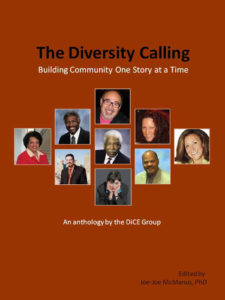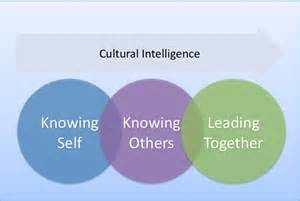Talking about race with people who are different than you can be awkward and uncomfortable, but it’s necessary and doable. The fact is racism exists, racial conflict exists, and inequality still exists. To say that we are post-racial is nonsense. To say that everyone is the same is nonsense. And to say that we should all be color blind is nonsense.
It’s fine and important to recognize difference. Some people equate acknowledging differences as a value judgement. I often talk to other White people who insist they don’t “see color.” My response, “If you don’t see color than do you just see blood and bones? Gross! or “If you don’t see color, then how do you know what color shirt to buy someone for their birthday. Everyone doesn’t look good in green.”
If you don’t see color, then what do you see? We all see the world from our own experiences and our own lens. If I say everyone is the same, then I’m saying everyone is just like me. And that’s not true.
To pretend not to see someone’s color is offensive, and is like erasing who other people are.
 Yes, talking about race and differences can be awkward. It can be uncomfortable. It can be easier to just stay with people who look and act like you. But at some point, almost everyone is going to have to interact with people who are different. It may be uncomfortable, but it can very easily become comfortable.
Yes, talking about race and differences can be awkward. It can be uncomfortable. It can be easier to just stay with people who look and act like you. But at some point, almost everyone is going to have to interact with people who are different. It may be uncomfortable, but it can very easily become comfortable.
Even some people who work in the diversity and inclusion field stay in their comfort zone, and still almost only interact with people who are like them.
For the past three months I’ve been interviewing and recording people from all races, backgrounds, ages and every other dimension of diversity for a new project, “Everyday Conversations On Race For Everyday People.” Everyone I’ve spoken with agrees that we need to have conversations about race, yet many are reluctant to talk to people outside of their own group. They feel awkward, uncomfortable or afraid of saying the wrong thing.
At some point we need to ask ourselves, “What kind of world and community do we want to live in?” If we want to have a future where everyone can do their best work, and live in communities, countries and a world where people are not afraid of people who are different, we need to talk about race with people who don’t look like us.
After facilitating conversations about race and other differences for over 25 years using our 3D Process, (Diversity, Difference and Dialogue.) we’ve found what works and what doesn’t. In this post and subsequent ones, I’ll share a few best practices.
First: Think about the people in your life today in terms or race, age, gender, sexual orientation, etc. Are they mostly like you? If so, make a conscious decision to either be curious about people who are dif ferent or just stay in a comfort bubble.
ferent or just stay in a comfort bubble.
If they are not like you, think about the conversations you’ve had. Have you talked about differences, shared your backgrounds and learned from each other? If not, make a conscious decision to be interested in sharing and learning.
If you’re afraid or hesitant, acknowledge it. That’s the first step. Start here. More to be revealed in the next post, or if you can’t wait, give me a call 510-697-8226 or send an email simma@simmalieberman.com

Recent Comments